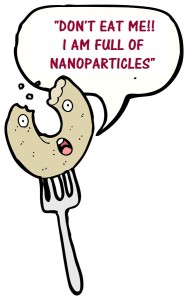Want to find a more natural cure for digestion, circulation, arthritis and your overall health? Well, it probably already exists in your home! It’s called Turmeric…you know, that BRIGHT YELLOW HERB that probably has been sitting there for a while?
Benefits of Tumeric
The benefits of turmeric are endless. It has been used for centuries and is actually considered an ancient herb. Today it is often prescribed by naturalpathic doctors to treat everything from digestion, arthritis, skin conditions, circulation, liver ailments and to increase health of the brain.
Why is Tumeric Powder good for you?
Turmeric health benefits are a result of the antioxidant called curcuminoids. Curcuminoids key benefits are that it (1) eases inflammation (2) eases stomach pain (3) stimulates the secretion of bile and (4) kills bacteria.
Limitations of Turmeric
The only limitations of turmeric, as many herbs on your spice rack, is that it is not as concentrated or as easily absorbed by your body when compared to the turmeric in quality supplements.
DON’T LOSE HOPE THOUGH! SCIENTISTS HAVE DEVELOPED A SOLUTION IN A SUPPLEMENT CALLED THERACUMIN!
Where to Buy Quality Turmeric Supplements?
To increase the absorption in your body of turmeric and thus health benefits, scientists have taken this potent herb and created a really incredible supplement called Theracurmin. What’s so great about theracurmin? The particle size.
The average curcumin particle size is more than 100 times smaller than particles of curcumin powder alone. These microscopic particles are obtained by mixing curcumin powder with all-natural emulsifiers, including gum from the Indian ghatti tree. The mixture is ground to an extremely fine state, then the particles are dispersed evenly through the emulsifiers and kept in suspension so the curcumin is easily absorbed by the digestive tract. As a result, the level of curcumin antioxidant that is actually absorbed is much greater.






